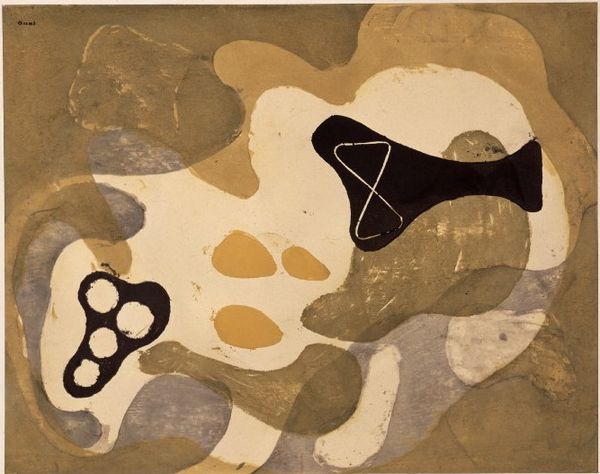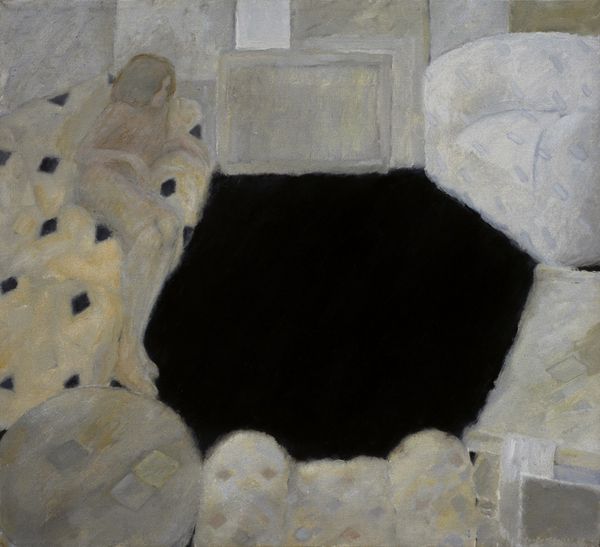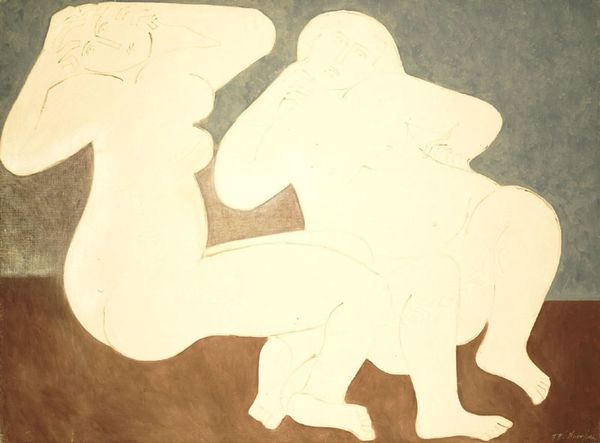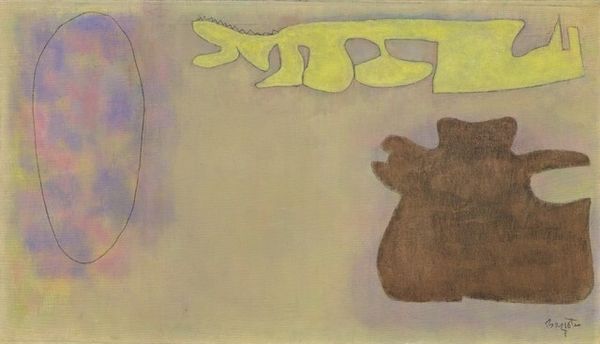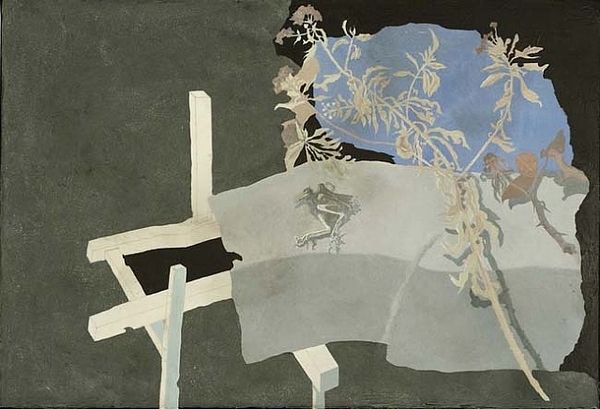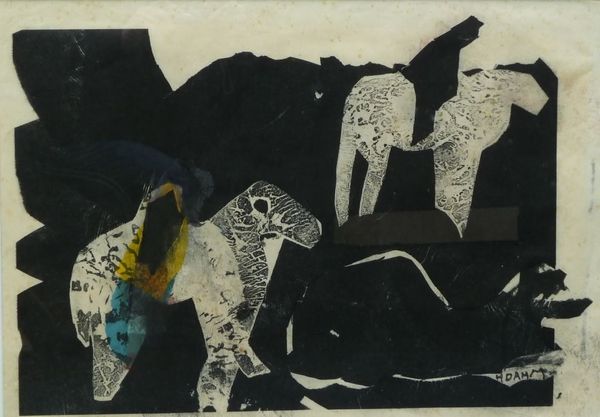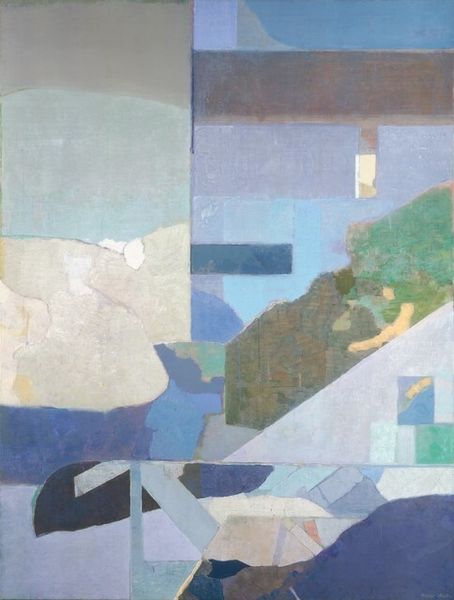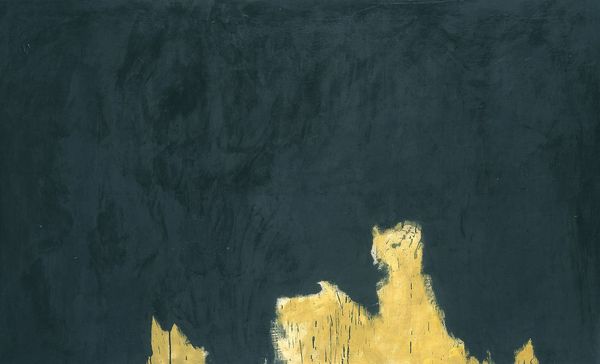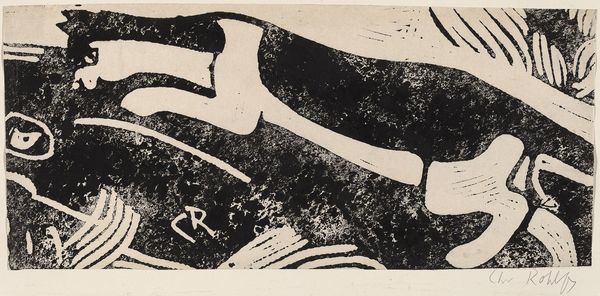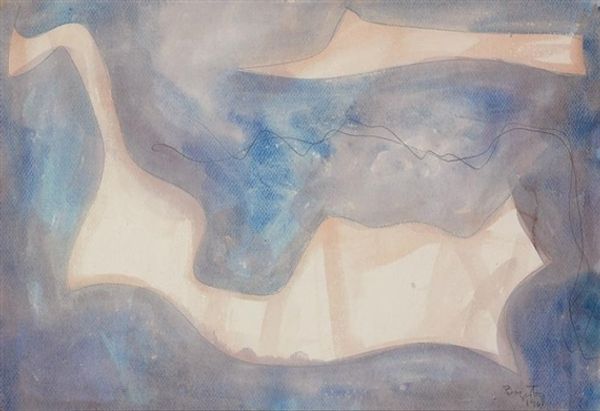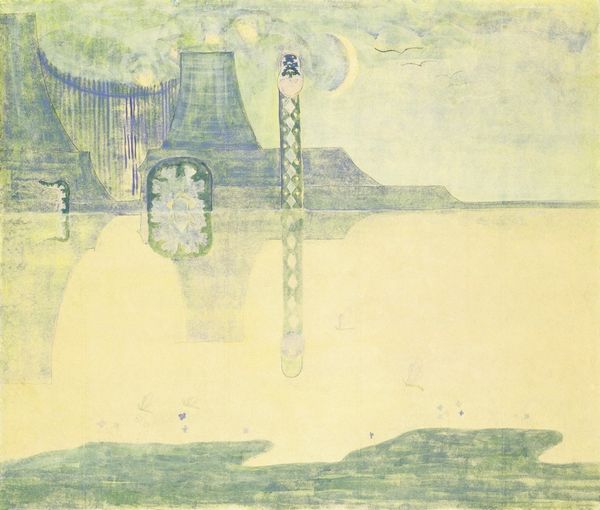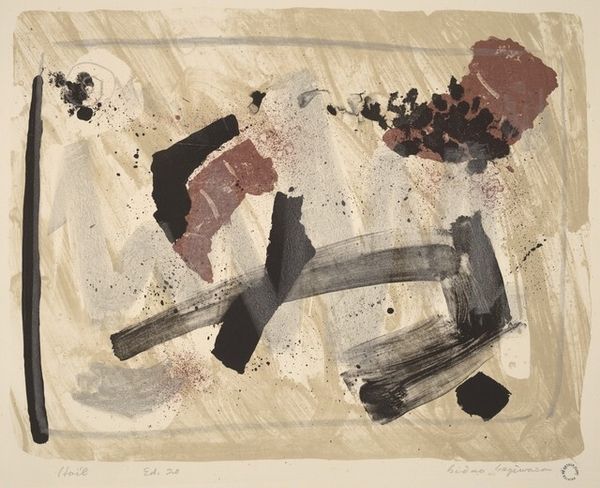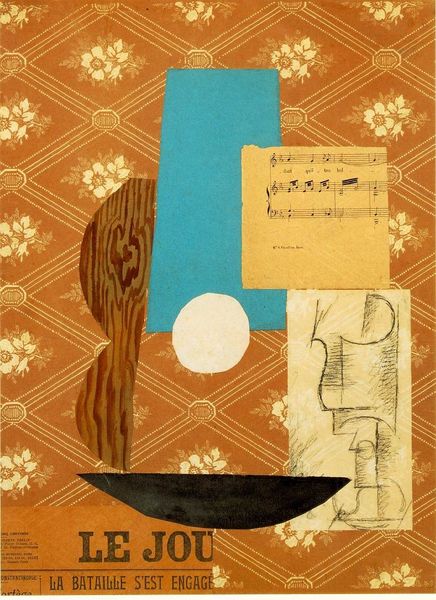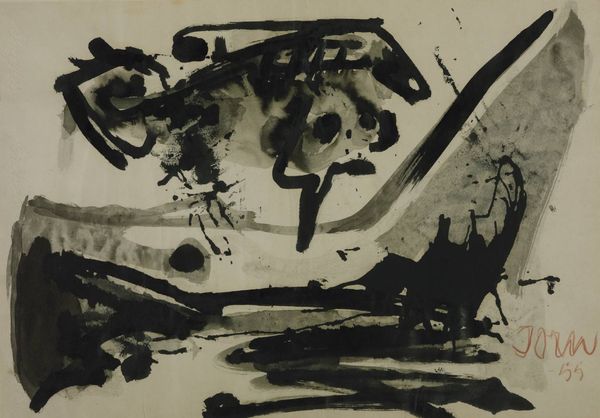
Editor: We're looking at "Intervista con la materia," or "Interview with Matter," a 1930 mixed-media collage by Enrico Prampolini. It has this striking combination of geometric forms and varied textures that feels almost… industrial, in a way. What do you make of its place within art history? Curator: It’s fascinating to consider this work within the socio-political landscape of 1930s Italy. Prampolini was a key figure in the Italian Futurist movement, which celebrated technology, speed, and the dynamism of the modern world. But Futurism also, problematically, became entwined with Fascism. Editor: How so? Curator: The Futurist aesthetic – the glorification of machinery, the desire for radical change – dovetailed with the Fascist ideology's emphasis on national strength and progress. Prampolini, like other Futurists, initially saw Fascism as a means to modernize Italy, but this relationship is still controversial. This "Interview with Matter" reflects that period's interest in transforming reality through art and technology. It's as if he’s asking, how can materials express this new, powerful era? Editor: That tension makes sense when you look at the contrasting materials here. Do you think this piece serves as a kind of propaganda? Curator: Not directly, no. Its power resides more in its implicit alignment. The Futurist exhibitions and manifestos, with Prampolini's contributions, created an environment receptive to Fascist ideals, albeit indirectly. It is an artwork speaking more towards progress and technological advances, reflecting a belief that the new forms are a representation of their new reality. It also mirrors Italy's efforts at that time to build that progressive nation. It encourages a sort of conversation with progress. It is interesting how art mirrors societal aspirations and, sometimes, its blind spots. Editor: So it's about understanding how the artwork was part of a broader cultural movement? That’s a complex way to look at it. Curator: Precisely. Art isn't created in a vacuum, it reflects the forces acting upon its context, as this work beautifully demonstrates.
Comments
No comments
Be the first to comment and join the conversation on the ultimate creative platform.
